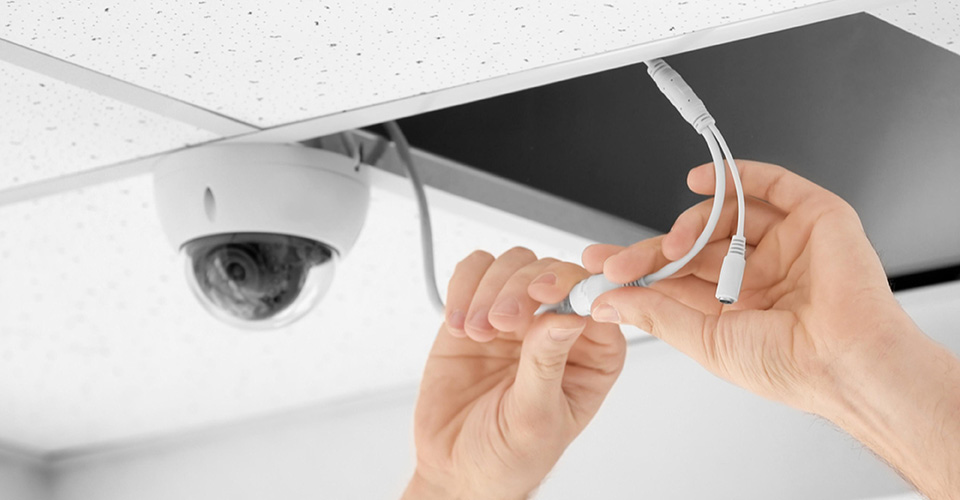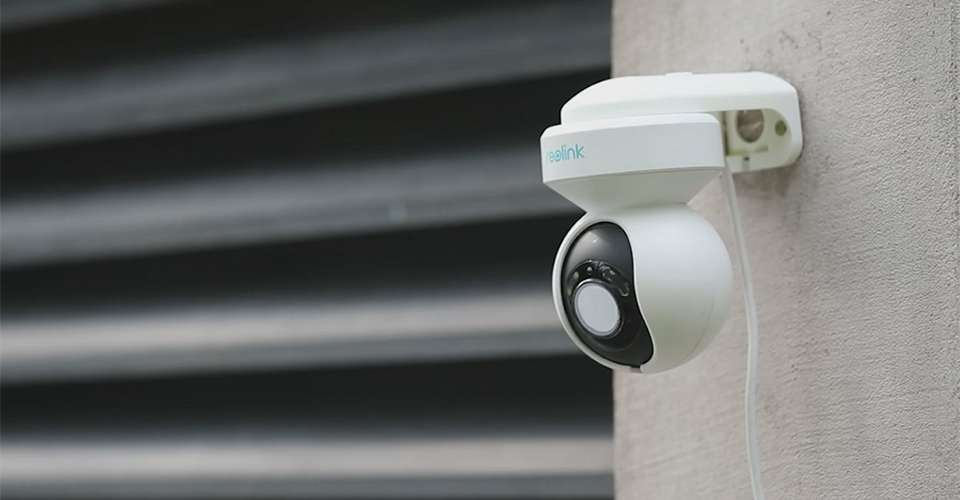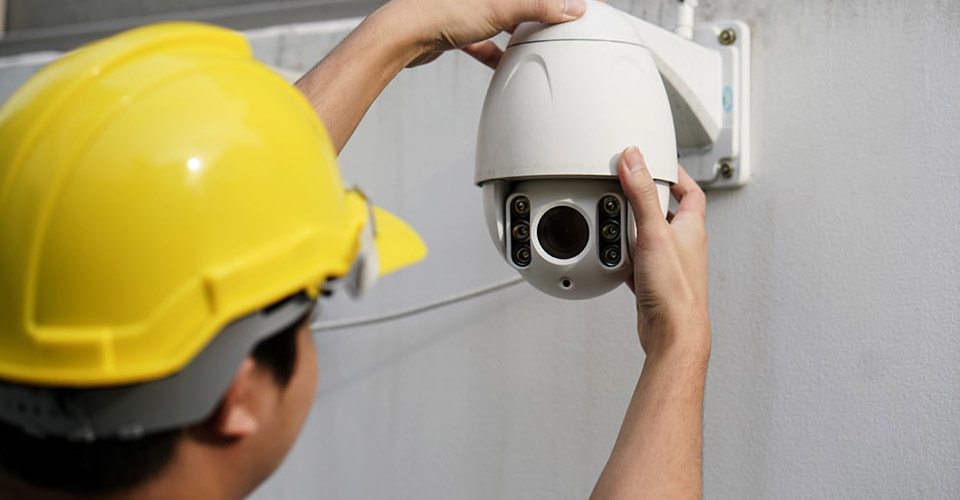SDI VS NDI PTZ Cameras: The Key Difference

PTZ Camera Setup Guide

Are PTZ Cameras Good For Live Streaming?


As video camera technology continues to evolve, the most common options for PTZ cameras in usage are the SDI and NDI cameras. But, while contemplating the NDI VS SDI decision, you must understand each option’s basic features and distinguish between both to avoid buyer’s remorse. Here, we shall be delving into the discussion that clarifies the distinction between both.
What is an SDI PTZ Camera?
What is SDI technology? SDI is the Serial Digital Interface (SDI) program; its bit rate data is between 270 Mbit/s and 1250 Mbit/s over a coaxial or fiber optic cable. The SDI PTZ setups transmit data over a BNC connection with this coaxial cable.
One of the benefits of SDI is that it could bring HD and Ultra HD video signals up to 4K selection at 60 FPS. These cameras can convey video at resolutions up to 1080p. The tool becomes ideal for surveillance and event coverage when considering its ability to rotate, focus on, and enlarge subjects, thanks to its pan, tilt, and zoom features.
The devices render them desirable for applications that need high-quality images. They are applicable in skillful video creation environments where there is a necessity for an extended cable run or in an environment where a professional video broadcast is required.
What is an NDI PTZ Camera?
NDI PTZ cameras use a Sony Optical Lens and Processor, 20x optical zoom, and up to 4K resolution. They are well suited for personal home and office use. You can make them work like a webcam for minimal online live-streaming. That's why the technology is called a Network Device Interface.
NDI cameras can be well-matched with a broader system of connections, making them simpler to apply in mixed configurations. However, the mode of transmission, the Internet Protocol, is only compatible with the interaction between video equipment and computers. Cameras running this protocol are available in the new era.
When you look up the NDI meaning, you will find that it refers to a digital standard protocol applied to send video and audio data over a system. It distributes audio and video signals over an Ethernet setup. They are multidirectional as they can send multiple data signals over a single stream.
NDI VS SDI: Which is Better For a PTZ Camera?
People in the video camera niche frequently hold the SDI vs. NDI camera debate. And there are always values and downsides to every preference. Here, we could analyze some significant variations between the two to help you make an informed choice.
Both cameras can handle HD and Ultra HD video resolutions. The preference for SDI cameras over the NDI PTZ competition is that they can transmit records over lengthier ranges. That is helpful whenever you need to cover a vast location with your camera device.
Regarding NDI, it has the advantage of joining IP networks without delay, giving it greater flexibility concerning the setup. So, the debate of which camera is better boils down to personal use and preference.
Pros and Cons of SDI and NDI PTZ Cameras
SDI Camera
NDI Camera
Pros
- The SDI camera sends a live stream over a long distance for longer.
- It delivers quality and sharp video output.
- It transmits uncompressed data over a long range.
Cons
- It gives no room for flexibility.
- The camera is often pricey.
- It is complicated to install and use.
Pros
- It can send one or more videos over a single stream.
- Because of the wireless nature of the average NDI camera, it is more flexible and mobile.
- The NDI camera and its software are more compatible with modern video technology.
Cons
- There is an increased risk of data compression or loss of details over a transmission.
- Its dependence on network protocols may become problematic in areas with poor signal strength.
- The technology is still evolving and not well established.
SDI vs. NDI PTZ Camera: Conclusion
Now that you are more aware of the benefits and downsides of SDI and NDI pan-tilt-zoom cameras, you can pick a better camera suitable for your needs. If you require something reliable that can retain image quality over long distances, then an SDI PTZ camera is the better choice. However, if your budget demands a cheap and less complex device, go for an NDI PTZ camera.


